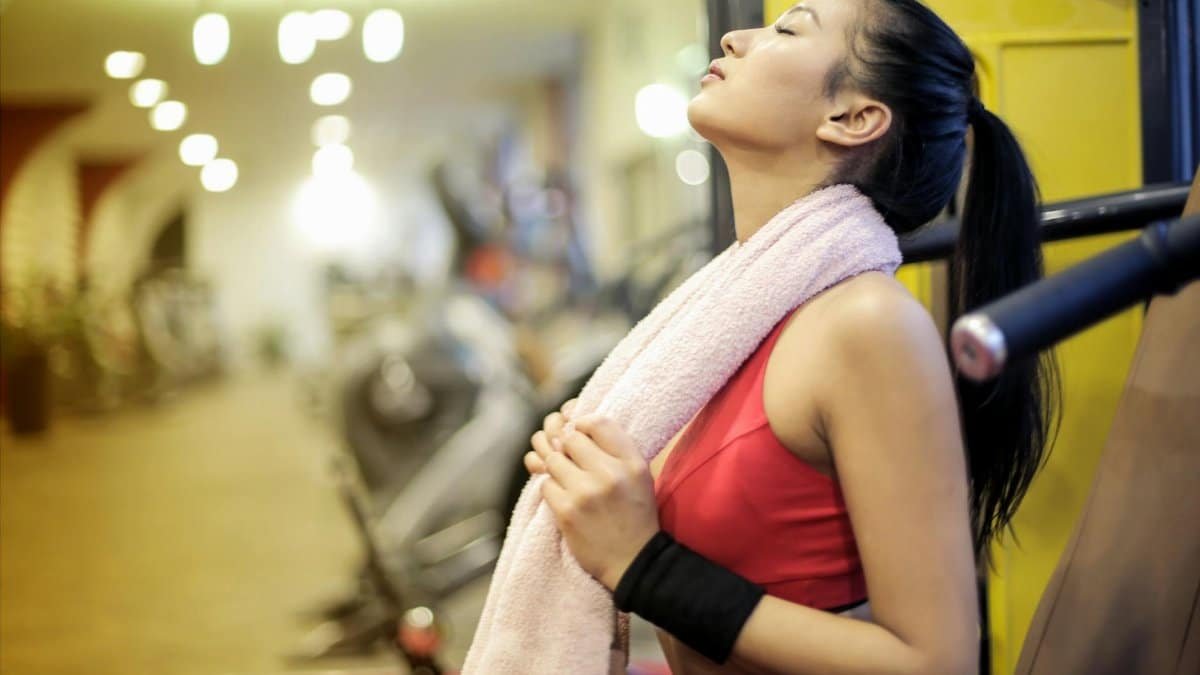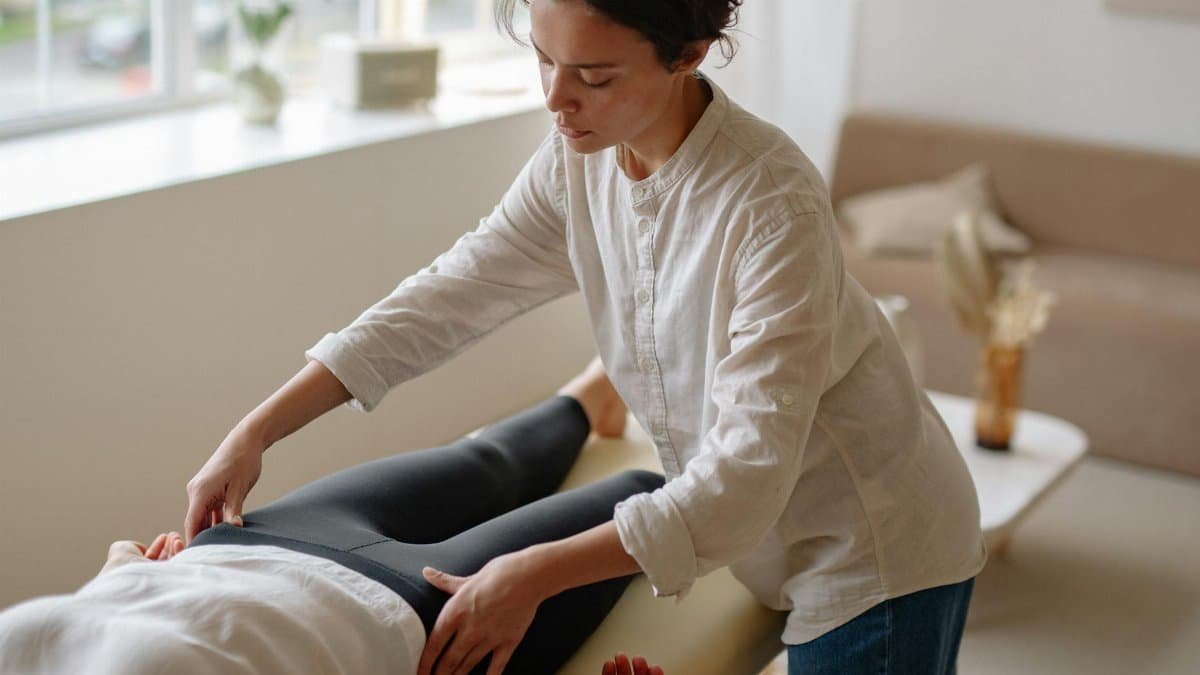Imagine a quiet room, the faint scent of lavender lingering in the air, as a small group of meditators settles onto their cushions. One woman adjusts her spine, her brow furrowing slightly, unaware that her slouched shoulders might be working against her. This subtle scene plays out across countless homes and studios in 2025, where the quest for mindfulness often collides with the overlooked reality of the body. Meditation posture signs—those quiet signals from our physical form—can reveal whether we’re truly supporting our practice or unintentionally sabotaging it. For many Americans, the drive to meditate has surged, with over 14% of adults reporting they’ve tried it, according to a CDC report. Yet, without attention to how we sit, stand, or breathe, progress can stall. Let’s unpack the eleven key indicators that your posture might be holding you back.
1. Persistent Back Pain During Sessions

A dull ache in the lower back after just ten minutes of meditation isn’t just discomfort—it’s a red flag. Poor spinal alignment often causes this, as slumping forward or overarching strains the muscles supporting your spine. Research from the Spine Health Institute notes that improper sitting postures can exacerbate tension in the lumbar region. If your back protests each time you settle in, it’s likely your body is begging for a straighter, more supported position. Try sitting with a small cushion under your hips to elevate them slightly above your knees, easing the curve of your spine. Over time, this adjustment can transform a painful session into a sustainable one.
2. Numbness or Tingling in Legs

Ever felt that prickly sensation creeping into your feet halfway through a cross-legged sit? It’s not just “falling asleep”—it’s one of the meditation posture signs pointing to restricted circulation. When knees are positioned higher than hips or legs are crossed too tightly, blood flow takes a hit. A study by the National Institutes of Health highlights how prolonged static postures can compress nerves and vessels. Uncross those legs or use a meditation bench to keep weight off your feet. If the tingling persists, it’s a nudge to rethink how long or how tightly you’re holding that pose.
3. Difficulty Maintaining Focus

Picture this: you’re trying to follow your breath, but your mind keeps darting to an itch in your shoulder or an urge to shift. Physical discomfort from poor posture often hijacks mental clarity. When the body isn’t at ease, the brain struggles to settle. If you’re constantly fidgeting or losing your train of thought, check your alignment—shoulders hunched or a tilted pelvis might be the culprit. Adjusting to a neutral spine can anchor your attention, letting mindfulness take root instead of frustration.
4. Shallow or Labored Breathing

Breath is the heartbeat of meditation, yet a slouched chest or overly rigid stance can choke it. If your inhales feel short or forced, your posture might be compressing your diaphragm. The Harvard Medical School emphasizes that rounded shoulders restrict lung expansion, limiting oxygen flow. Sit tall, imagine a string pulling the crown of your head upward, and let your chest open. Notice how your breath deepens almost instantly. If it doesn’t, this is a sign to realign.
5. Neck Strain or Headaches

After a session, do you rub your neck or feel a dull throb at your temples? A forward-jutting head or overly tense neck muscles could be to blame. Holding your chin too high or low misaligns the cervical spine, triggering strain that creeps into headaches. If this happens often, it’s one of those meditation posture signs screaming for a fix. Relax your jaw, tuck your chin slightly, and ensure your head isn’t leaning too far forward. Small tweaks can prevent big pains.
6. Uneven Weight Distribution

Ever notice one hip aching more than the other after sitting? Or maybe you catch yourself leaning to one side. Uneven weight distribution signals an imbalanced posture, often from unconscious habits like favoring one leg in a cross-legged position. This asymmetry can strain muscles over time. Try sitting on a flat surface and consciously centering your weight. If the imbalance lingers, it’s a clue to alternate leg positions or seek a teacher’s guidance on symmetry.
7. Excessive Fidgeting

Some movement is natural, but if you’re shifting every few minutes—adjusting a knee, rolling a shoulder—your body is likely uncomfortable in its current setup. Constant fidgeting is among the clearer meditation posture signs that something’s off. Maybe your cushion is too thin, or your spine isn’t supported. Experiment with props like a folded blanket under your seat or against a wall for back support. Stability in body often translates to stillness in mind.
8. Tightness in Hips or Knees

A conversation overheard at a local meditation group stuck with me: someone grumbled about hip pain flaring up after every session, wondering if they were “just not built for this.” Tightness in hips or knees often stems from forcing a posture—like full lotus—without adequate flexibility. Pushing too hard can strain joints. Ease up by opting for a simpler pose, like sitting on heels or a chair. Regular stretching outside meditation can also loosen those areas, signaling your body’s readiness for deeper poses.
9. Feeling Fatigued Too Quickly

If you’re drained after just a short sit, posture might be sapping your energy. Holding an unnatural position—like overly tense shoulders or a strained back—forces muscles to overwork, leading to early fatigue. The body should feel relaxed yet alert during meditation. If exhaustion creeps in fast, reassess whether you’re tensing up unnecessarily. Drop your shoulders, soften your gaze, and let your posture feel effortless. Energy should sustain you, not slip away.
10. Inability to Sit for Longer Periods

Many practitioners aim to extend their sessions over time, but if 15 minutes feels like an eternity, your posture might not be sustainable. Discomfort from misaligned hips or an unsupported back often cuts sessions short. Online discussions frequently reveal frustrations with this, with one anonymous account describing feeling “trapped by their own body” during longer sits. Build endurance by prioritizing comfort over form—use a chair if needed. Gradual adjustments signal when your body is ready for more.
11. Lack of Calm After Meditation

Meditation should leave you grounded, not agitated. If you rise from your cushion feeling restless or irritable, poor posture could be disrupting the nervous system’s ability to relax. A misaligned body keeps the mind on edge, countering the practice’s purpose. Studies from the National Center for Complementary and Integrative Health suggest that physical ease enhances meditation’s calming effects. If calm eludes you, tweak your seat—align your spine, soften your hands, and let tension melt. The difference can be striking.
Recognizing these meditation posture signs offers a roadmap to refine your practice in 2025, as mindfulness continues to weave into American life. It’s not about perfection but listening to the body’s whispers before they become shouts. Whether it’s a slight shift in hip height or a softer shoulder line, small changes can unlock deeper focus. Across cities and suburbs, from bustling New York to quiet Midwest towns, meditators are learning that posture isn’t just physical—it’s a gateway. Pay attention to these eleven clues. Your body, and your mind, will thank you.
